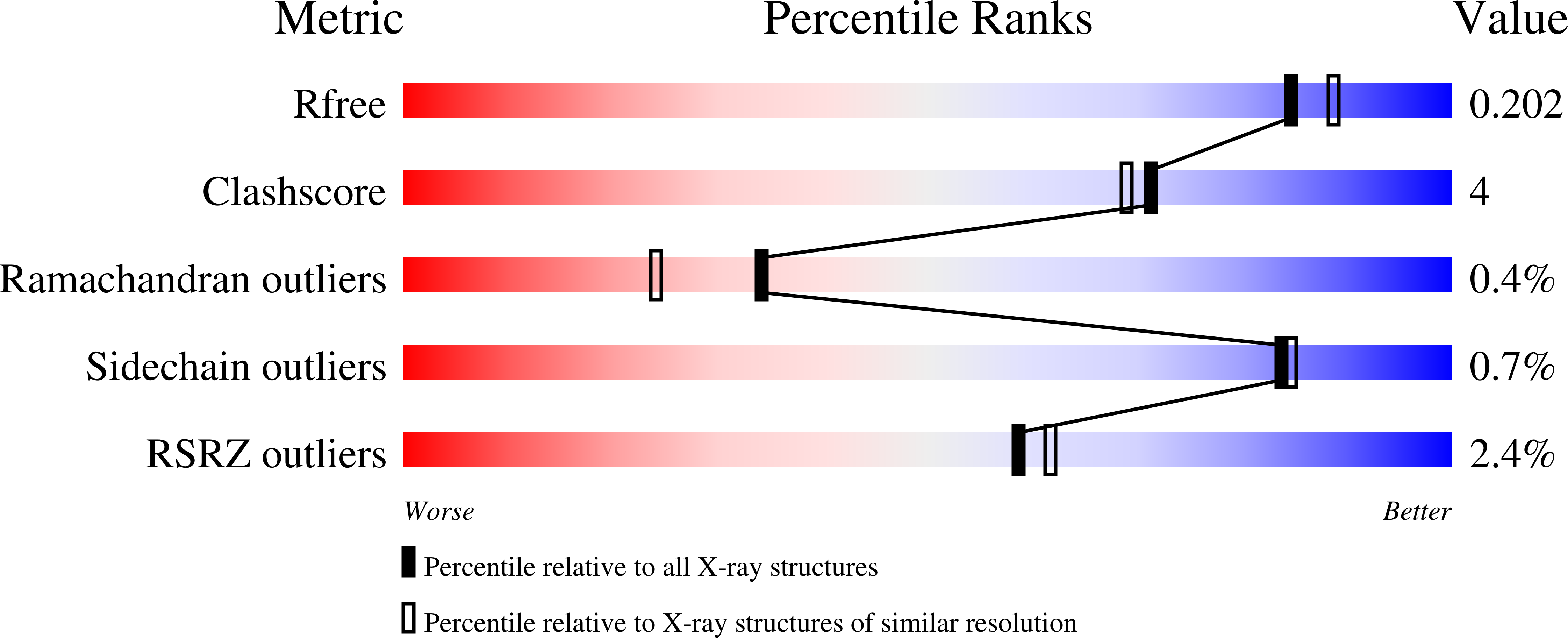
Deposition Date
2020-06-07
Release Date
2020-12-09
Last Version Date
2024-01-24
Entry Detail
PDB ID:
6ZB6
Keywords:
Title:
Crystal structure of Lolium rigidum GSTF in complex with S-(p-nitrobenzyl) glutathione
Biological Source:
Source Organism:
Lolium rigidum (Taxon ID: 89674)
Host Organism:
Method Details:
Experimental Method:
Resolution:
1.90 Å
R-Value Free:
0.20
R-Value Work:
0.16
R-Value Observed:
0.16
Space Group:
P 1 21 1


